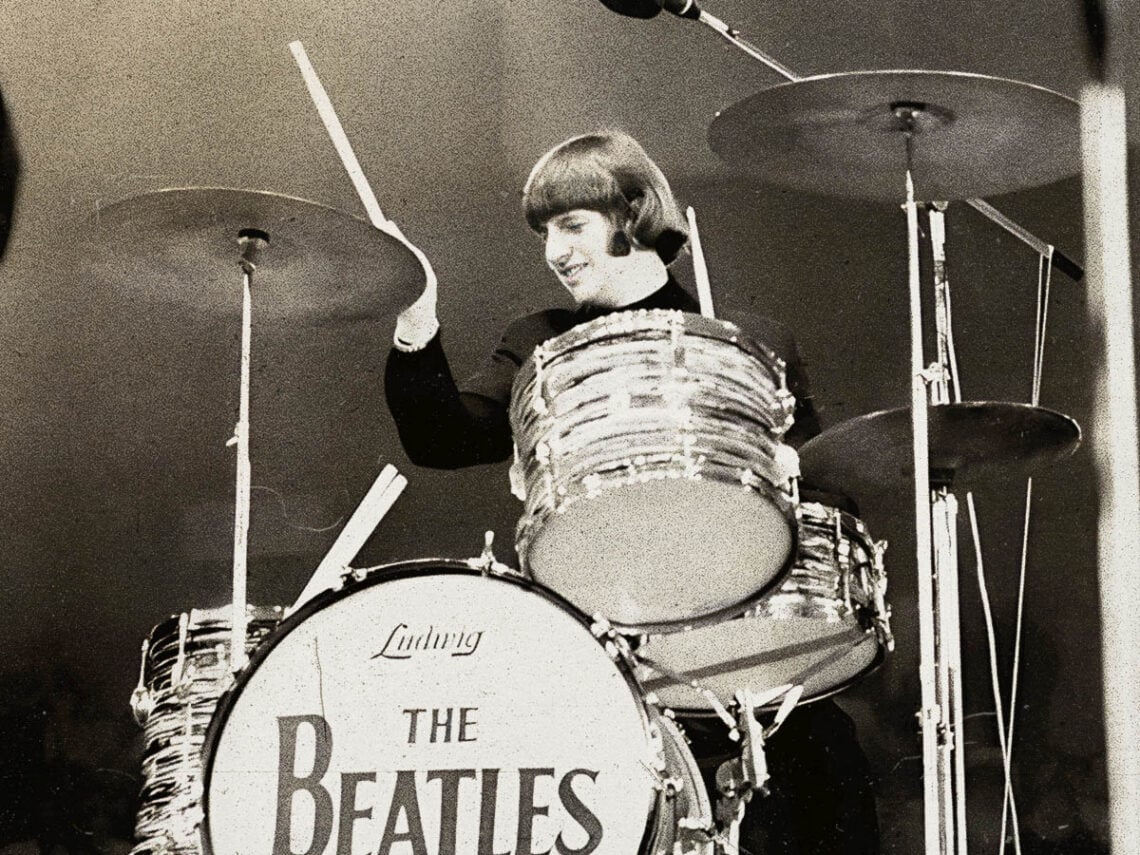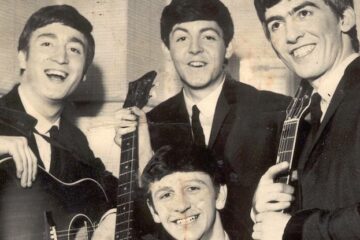The life of The Beatles’ drummer Ringo Starr has been nothing short of extraordinary. As a child, he suffered from Appendicitis and Peritonitis at the age of six, resulting in a lengthy stay at the hospital. At 13, he contracted tuberculosis, necessitating two years in a sanatorium. Oddly enough, Starr may never have taken up the drums if it were not for this second health scare.
With so much of his youth spent in recovery, Starr was poorly educated. However, at the sanatorium, medical staff endeavoured to stimulate motor activity and relieve boredom by encouraging patients to play with the hospital band. Starr gravitated towards percussion, initially using a mallet made from a cotton bobbin, which he used to tap a beat on the cabinet next to his bed.
Starr had been surrounded by music since his early childhood, but percussion manifested a viable vocation. “I was in the hospital band. That’s where I really started playing,” Starr remembered in The Beatles Anthology. “I never wanted anything else from there on. My grandparents gave me a mandolin and a banjo, but I didn’t want them. My grandfather gave me a harmonica. We had a piano – nothing. Only the drums.”
In his late teens, Starr began to make ripples in the Merseyside skiffle scene as the drummer for Al Caldwell’s Texans. In the early 1960s, he also played with Rory Storm and the Hurricanes just before his successful audition to replace Pete Best in The Beatles. The rest, as they say, is history.
Throughout eight years with The Beatles, Starr helped change the face of popular culture with innovative rhythms and several notable singing and songwriting contributions. For too many years, the rumour that John Lennon or Paul McCartney said, “Ringo isn’t even the best drummer in The Beatles,” has unfairly sidelined Starr’s efforts. This apocryphal statement was actually part of a comedy gag devised by Jasper Carrott in 1983.
While speaking at the Rock and Roll Hall of Fame ceremony in 2015, McCartney remembered Starr’s pivotal audition for The Beatles. Starr played Ray Charles’ ‘What’d I Say’ and “nailed it”. “I remember the moment, just standing there and looking at John and then looking at George, and the look on our faces was all like ‘Fuck. What is this?’ And that was the moment. That was the beginning, really, of The Beatles.”
Not only was Starr an accomplished drummer, but he proved himself to be quite the singer. His distinctive voice can be heard in several iconic harmonies and takes the lead in classic hits like ‘Yellow Submarine’, ‘With a Little Help from My Friends’ and ‘Octopus’s Garden’, the last of which he wrote.
Like his favourite composer, Ray Charles, Starr was influenced by music of all different styles, including jazz, country, folk and the blues. However, Starr favours American blues vocals when it comes to singing, and no artist receives higher praise than Lightnin’ Hopkins. Speaking to The Daily Beatle in a past Q&A session, Starr said the Texan singer was “one of my heroes”.
In 1959, the year he joined Al Caldwell’s Texans, Starr made earnest moves to get a little closer to his hero. “At 19, I was trying to emigrate to Houston, Texas because Lightnin’ Hopkins lived there, and I got a list from the British Consulate in Liverpool of factories I could get work in and tried to emigrate in a way that teenagers do, or me as a teenager anyway,” he remembered. “They gave us some forms. This friend of mine and I, we filled them in and sent them off. If they’d have just said yes or no, you never know which way my life would have gone.”



